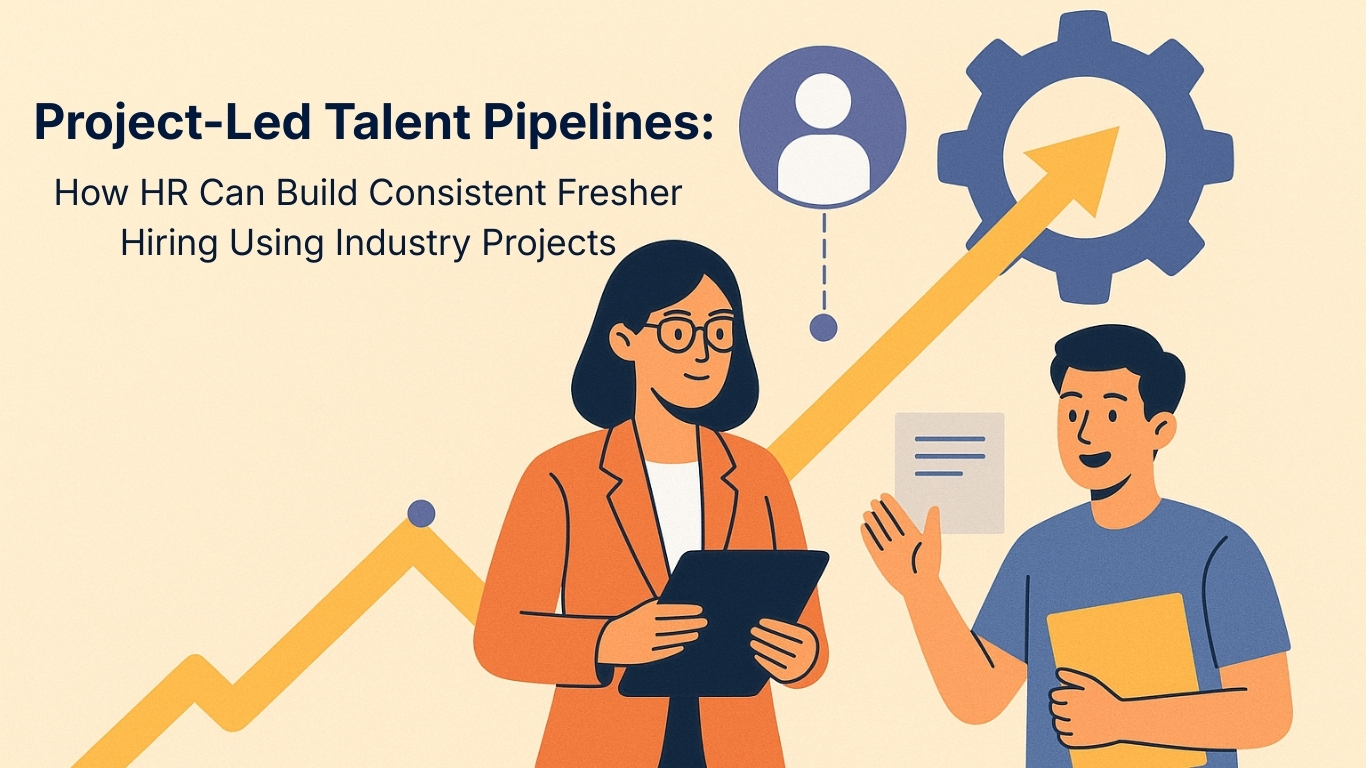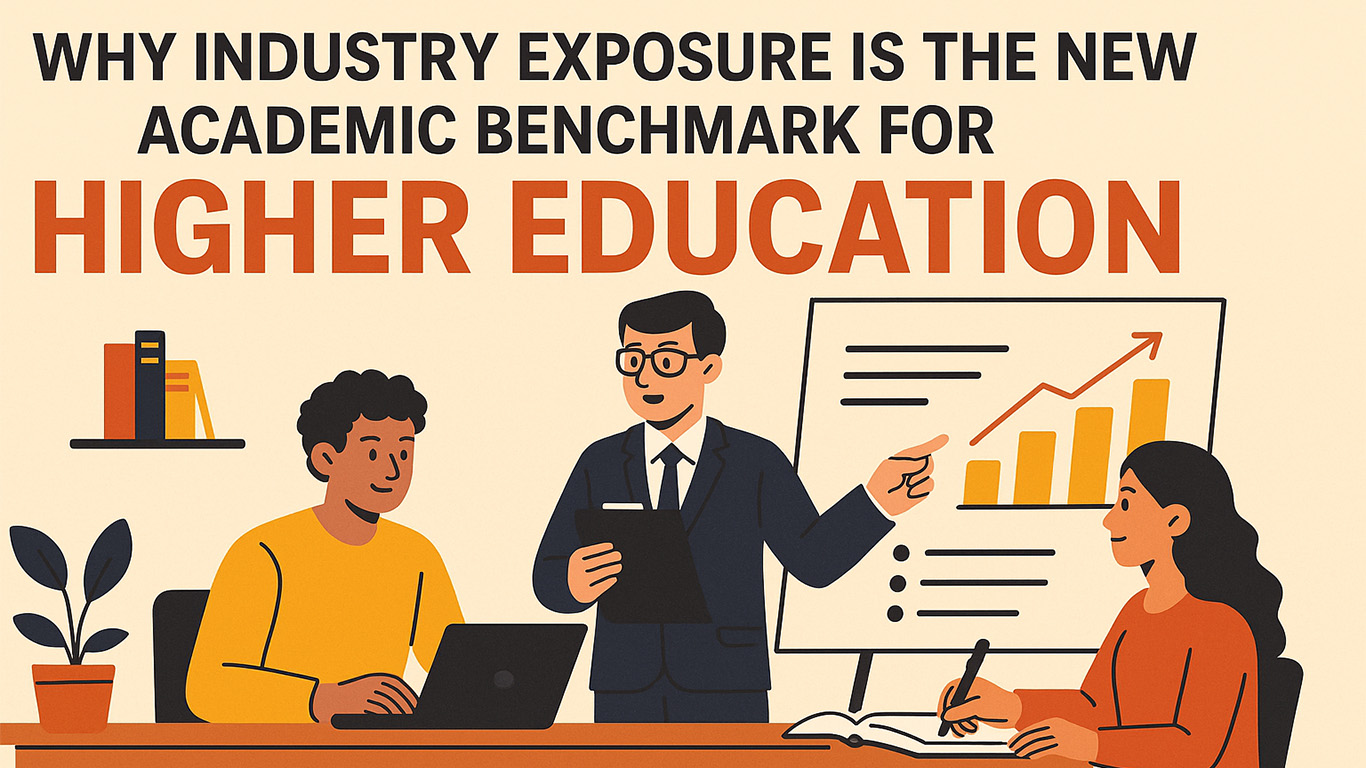In today’s competitive job market, improving placement outcomes is more crucial than ever. Placement officers face the challenge of preparing students for roles that align with evolving industry needs. To improve placement outcomes effectively, placement officers must collaborate with faculty to align academic programs with industry expectations. This synergy ensures students graduate with both theoretical knowledge and practical experience, equipping them for the demands of the professional world.
Why Collaboration is Essential to Improve Placement Outcomes
To improve placement outcomes, it’s essential to equip students with the skills needed to tackle real-world challenges effectively. Placement officers often focus on industry engagement, while faculty members focus on academic learning. By working together, they can create a holistic student experience.
For instance, faculty can adapt the curriculum to incorporate industry-specific skills, while placement officers can ensure students are aware of real-world applications. This collaboration enables students to gain a well-rounded education that meets employer expectations.
Strategies for Aligning Academics with Industry Requirements
1. Conduct Regular Industry-Academia Workshops
Workshops where placement officers, faculty, and industry professionals collaborate can bridge the gap between academics and industry needs. Faculty can learn about the latest industry trends and incorporate them into teaching methods, while placement officers can use these insights to design relevant training programs for students.
For example, workshops on emerging fields like data analytics or artificial intelligence can help faculty update their teaching materials and placement officers prepare students for in-demand careers.
2. Integrate Real-World Projects into the Curriculum
Real-world projects give students hands-on experience and practical exposure to workplace challenges. Placement officers can work with faculty to bring industry projects into the classroom. Faculty can create these projects or assign them to students on platforms like Qollabb, where companies post their projects.
Qollabb provides placement officers with access to live projects that faculty can assign to students, allowing them to apply academic knowledge to solve real-world problems. This integration makes students job-ready and enhances placement opportunities.
3. Focus on Soft Skills Development
While technical expertise is crucial, soft skills like communication, teamwork, and adaptability are equally important. Placement officers can collaborate with faculty to include soft skills training as part of the academic curriculum. Faculty can design activities that improve these skills, while placement officers can arrange mock interviews and corporate interactions to reinforce them.
4. Monitor and Analyze Industry Trends
Collaborating to monitor industry trends ensures academic programs remain relevant. Faculty can adjust teaching methods to include emerging technologies and practices, while placement officers can target employers from growing industries. Platforms like Qollabb provide data and insights about trending skills and in-demand roles, which can guide these efforts.
5. Create Customized Training Programs
Every industry has unique requirements. Placement officers can identify these needs through employer feedback and work with faculty to design training programs tailored to specific industries. For example, finance students can benefit from modules on financial modeling, while marketing students might need training in digital marketing tools.
The Role of Technology in Improving Placement Outcome
Technology plays a pivotal role in enhancing collaboration between placement officers and faculty. Platforms like Qollabb make it easier to share information, track student progress, and identify gaps in skills.
1. Centralized Database for Opportunities
Placement officers and faculty can use Qollabb’s centralized platform to access internship opportunities, industry projects, and job opportunities along with feature like virtual campus drives. This allows both teams to work together seamlessly.
2. Real-Time Skill Assessment
Through Qollabb, placement officers can assign live projects to students, enabling faculty to assess their practical knowledge in real-time. This data helps both teams tailor interventions for skill improvement.
3. Streamlined Communication Channels
Qollabb offers features that enable direct communication between faculty, placement officers, and industry professionals. This ensures a unified approach to improving placement outcomes.
Qollabb: Bridging the Gap Between Academia and Industry
Qollabb is uniquely positioned to help placement officers and faculty collaborate for better placement outcomes. Here’s how:
1. Access to Industry Projects
Faculty can incorporate Qollabb’s industry projects into their teaching, giving students exposure to real-world challenges.
2. Customized Internship Opportunities
Placement officers can find internships that align with specific academic programs, ensuring students gain relevant experience
3. Virtual Campus Drives
Qollabb simplifies the recruitment process by connecting placement officers with top employers through virtual campus drives.
4. Skill Mapping and Feedback
Qollabb’s tools allow faculty to track student progress and placement officers to collect employer feedback, helping refine training strategies.
Benefits of Collaboration for Colleges and Employers
For Colleges:
- Enhanced reputation as institutions that produce job-ready graduates.
- Stronger relationships with industry partners.
- Improved student placement rates and alumni success stories.
For Employers:
- Access to candidates with relevant academic and practical experience.
- Reduced onboarding time due to better-prepared hires.
- Opportunities to engage with academic institutions for long-term talent pipelines.
Conclusion
Collaboration between placement officers and faculty is the cornerstone of improving placement outcomes. By aligning academic programs with industry needs, leveraging platforms like Qollabb, and focusing on real-world applications, colleges can ensure their students are well-prepared for the job market. This partnership not only enhances employability but also strengthens the institution’s reputation as a hub for top talent.
Start your journey towards better placements today. Partner with Qollabb to build the bridge between academia and industry.





